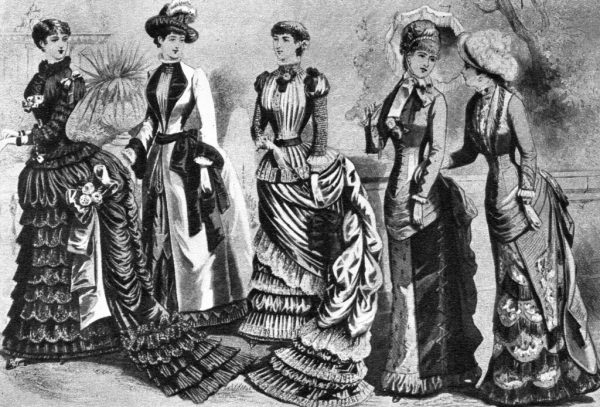
Elmhurst University, located in Illinois, is currently under investigation due to the outbreak of tuberculosis. Health officials are swarming the university because the contagious infectious disease is not a sickness to mess around with. According to the universities president Tory VanAken, the two students affected by the disease are currently in isolation. He also stated that any students or staff that had contact with them are being given free testing.

Focal Foto is licensed under Attribution-NonCommercial 2.0 Generic.
Tuberculosis has been around since the late 1800’s. It’s a potentially life-threatening disease that is transmitted through the air. So, if a person infected by this disease were to cough, sneeze, or even speak it would easily be transmitted straight to you. This disease is known to affect mainly your lungs, however what a lot of people don’t know is that it can also take a toll on different body parts. So, for example, if you have tuberculosis of the spine, your back would hurt. Same for if you have tuberculosis of the kidney it may cause pain in your bladder and blood in your pee. Symptoms of tuberculosis include coughing, fever, the sweats, fatigue, and unexplained weight-loss.
Fortunately for the world, and for these students, tuberculosis is curable. With a standard six month course of four antibiotics a day, the symptoms of tuberculosis will slowly decrease and disappear. However, this wasn’t the case for lots of past cases.

During the mid-1800’s, the spread of tuberculosis had reached epidemic levels within Europe and the United States. Because the antibiotics didn’t exist yet, victims slowly wasted away and became very thin and pale before dying of tuberculosis.
The victorians used these physical symptoms of the disease as the set beauty standard during this time. Even as scientists began establishing the disease, the illness continued to keep its hold on fashion. Women strived to be pale, thin, and ill-looking. A way people would spot a person’s predisposition of the disease was by her attractiveness. If a women suddenly become more “beautiful,” people would often assume she was in the beginning stages of tuberculosis.

As shown in this painting by Jean-Baptiste Greuze, the effects of tuberculosis did take a hold on fashion trends. The lady in the painting has pale skin, and it is white-like. Along with that, her waist is small and thin creating an ill looking stature. Another symptom of tuberculosis is thin silky hair. Although it is hard to see this feature within this painting, it is easy to imagine this women with thin hair similar to those who have had tuberculosis. Other features that were treanding during this time were sparkling eyes and rosy red cheeks and lips, all characteristics of what we now know to be a low grade fever.
It is important to study past fashion trends and compare them to what the standard is today. It’s interesting and somewhat weird how society upholds certain fashion trends just for them to change or disappear in a couple years time. In the year 2024, one would think it to be odd to have abnormally pale skin and sick-like features.

Another important part about tuberculosis’s history is the many sanatoriums that still stand today. Due to the high number of people diagnosed with tuberculosis, many sanatoriums were built to house the patients who were affected. Lots of sanatoriums remain standing today although most of them have grown vacant, dusty, and vandalized. The main purpose of sanatoriums were for people dealing with tuberculosis to be in isolation, get fresh air, exercise, entertainment, and get fed good nutrition.
For a long time, doctors had thought the cure for tuberculosis was fresh air. That’s why in most sanatoriums there’s a “sun room” where patients would lay to get fresh air and feel the warmth of the sun. However, these sanatoriums weren’t as effective as people had hoped. It is said that around 50% of people who entered a sanatoriums died within five years. Antibiotics was a giant breakthrough for the cure of TB. Without it, most of the diagnosed patients either died and are still living with the affects of it today.

Wikimedia Commons is licensed under CC0 1.0 Universal.
As for the sanatoriums still standing today, some are locked up for good, but most are open for the public to explore.
In one of my Crime Time episodes, I covered the Waverly Hills sanatorium and the ghosts that haunt its halls. Since sanatoriums were a hot spot for people dying or wasting away, many ghost enthusiasts believe these places to be the most haunted areas in the world.
Tuberculosis was a devastating part of American and European history. Millions died from this disease and some are still actively being diagnosed.






